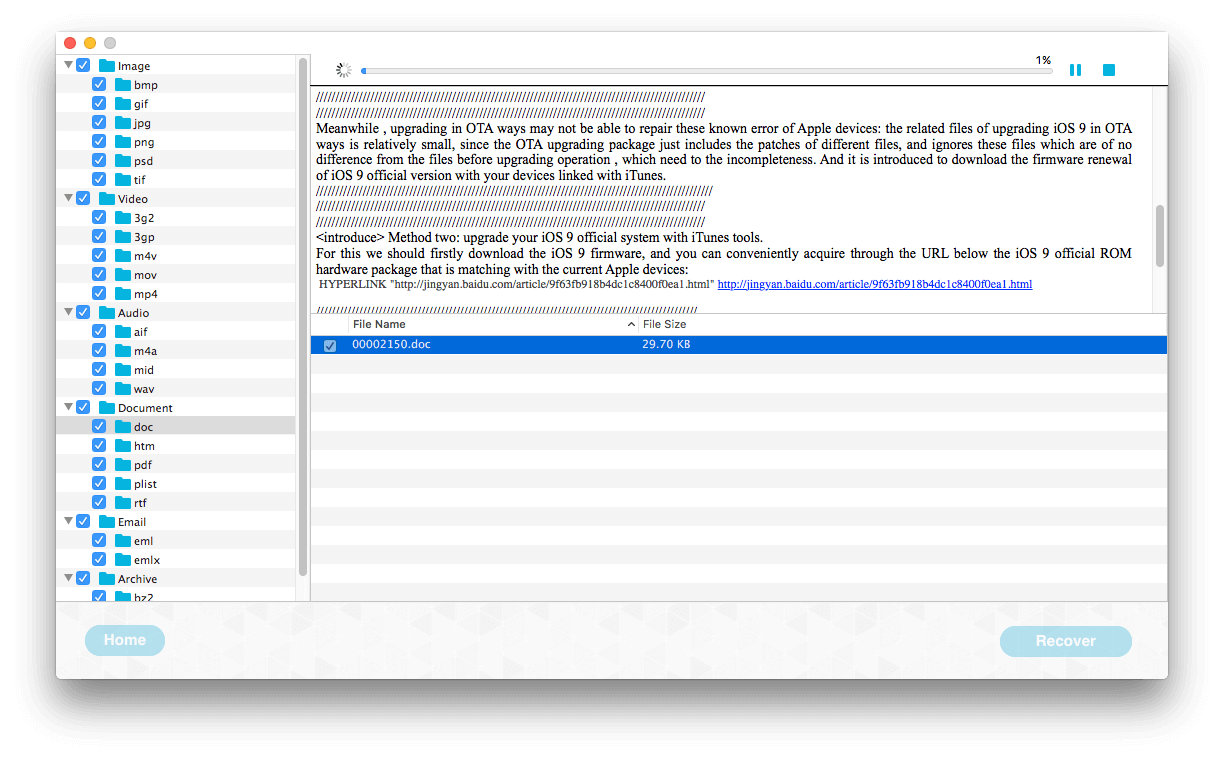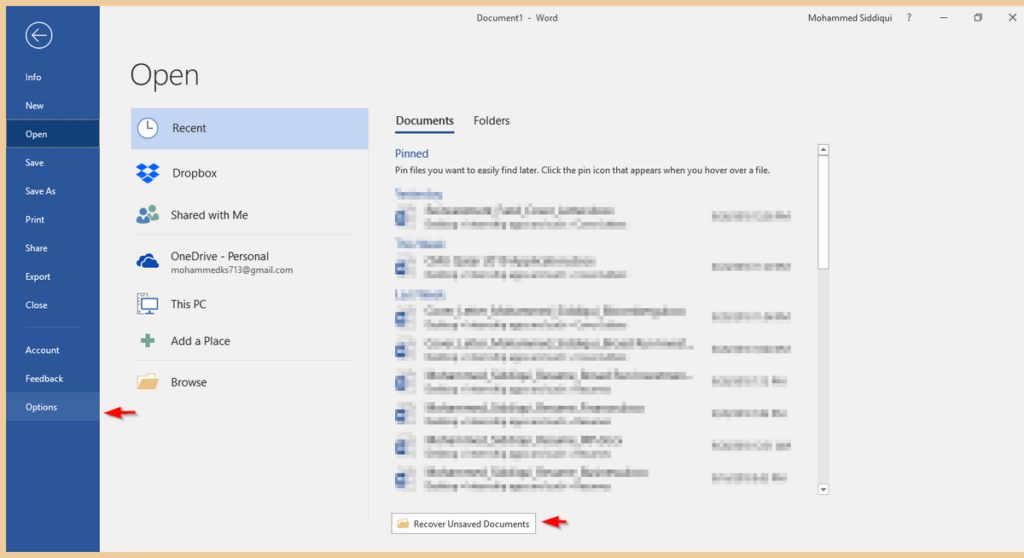

A good reason for changing the directory of the autosave file is to make it more accessible, perhaps by placing it in the documents folder. When you are done, remember to save your changes by clicking Ok. If you click on the Browse button, you can select a new directory for the temporary Word file. In the settings window, open the Save section and look at the path next to the AutoRecover file location. If you wish to modify the directory, simply go to the File menu and click on Options. Therefore, in general terms, it will not be necessary to locate the temporary Word file manually. You need to know that Word automatically detects unexpected shutdowns and offers the user to recover their work on restart. xlb (older Excel backup format), to enable Excel to recognize the file and enable it to open.In this way, you can use the file explorer to recover any document that you have not been able to save. The solution is to change the file extension to either. xlsx file ! trying to open it will lead to an “Microsoft cannot open this file”-error.
Word 2016 autosave location mac for mac#
It turns out that there’s a bug in Excel 2011 for Mac : even though the Autosave does save a file with an. Just beware! that you can mess up OSX or macOS entirely is you accidentally delete or alter files that are hidden in regular use !
Word 2016 autosave location mac free#
The FREE one in the Mac App Store is Show Hidden Files: best finder but you could also use another FREE app like Hidden Files Toggle (by ) or Funter (by ) or HideSwitch (by ) There are various ‘show hidden files’-apps : Especially Excel-autosave-files tend to be hidden. If you do not see the autosave file you were expecting to find in the AutoRecovery-folder, you might need a ‘show hidden files’-app to find it. This way, whenever you click “Save”, a backup version is made of the previous/stored version before it overwrites the stored version of the file… so with it turned on, you at least have one prior version of your file. In Word, you turn this feature on from Word –> Preferences –> Save and then mark the “Always create a backup copy” check box. It is advisory to also switch on the “file overwrite protection” (or “double backup”) option as it stores the previous version of the file you are working on. – there you can navigate further using the paths listed above to find the AutoRecovery-folder you’re looking for – while holding the ALT-key, click on “Library” and your personal (hidden) Library-folder will open in the Finder OPTION-key) and an extra option named “Library” will appear in the pulldown menu – when the pulldown menu appears, press the ALT-key on your keyboard (a.k.a. – in the Finder, click on “Go” in the top menu bar So if you want to access it, the easiest way to do so is : Excel/Data/Library/Preferences/AutoRecovery/īEWARE : it’s not straight-forward to get to this folder in recent/current versions of OSX and macOS, as the user’s Library-folder is a hidden folder. ~/Users/username/Library/Containers/com.microsoft. PowerPoint/Data/Library/Preferences/AutoRecovery/ Word/Data/Library/Preferences/AutoRecovery/

~/Users/ username/Library/Application Support/Microsoft/Office/Office 2011 AutoRecoveryĪnd if you are running Office 2016 for Mac (whether or not as part of Office 365) the correct path to the Word 15‘s AutoRecovery-folder(s) is :

If you are running Office 2011 for Mac (whether as part of Office 365 or not) the correct path to the AutoRecovery-folder is this : You might have guessed : nowadays, the AutoRecovery-folder is located in an entirely different location on your Mac.

I accidentally messed up the Office documents (Word/PowerPoint/Excel) I was working on, and I didn’t save it before, so I wanted to get the auto-saved version from the AutoRecovery-folder as I’ve done in the old days of Office 20.īut now I am using Office 365, and I can’t find the AutoRecovery folder anywhere… where is it ?


 0 kommentar(er)
0 kommentar(er)
